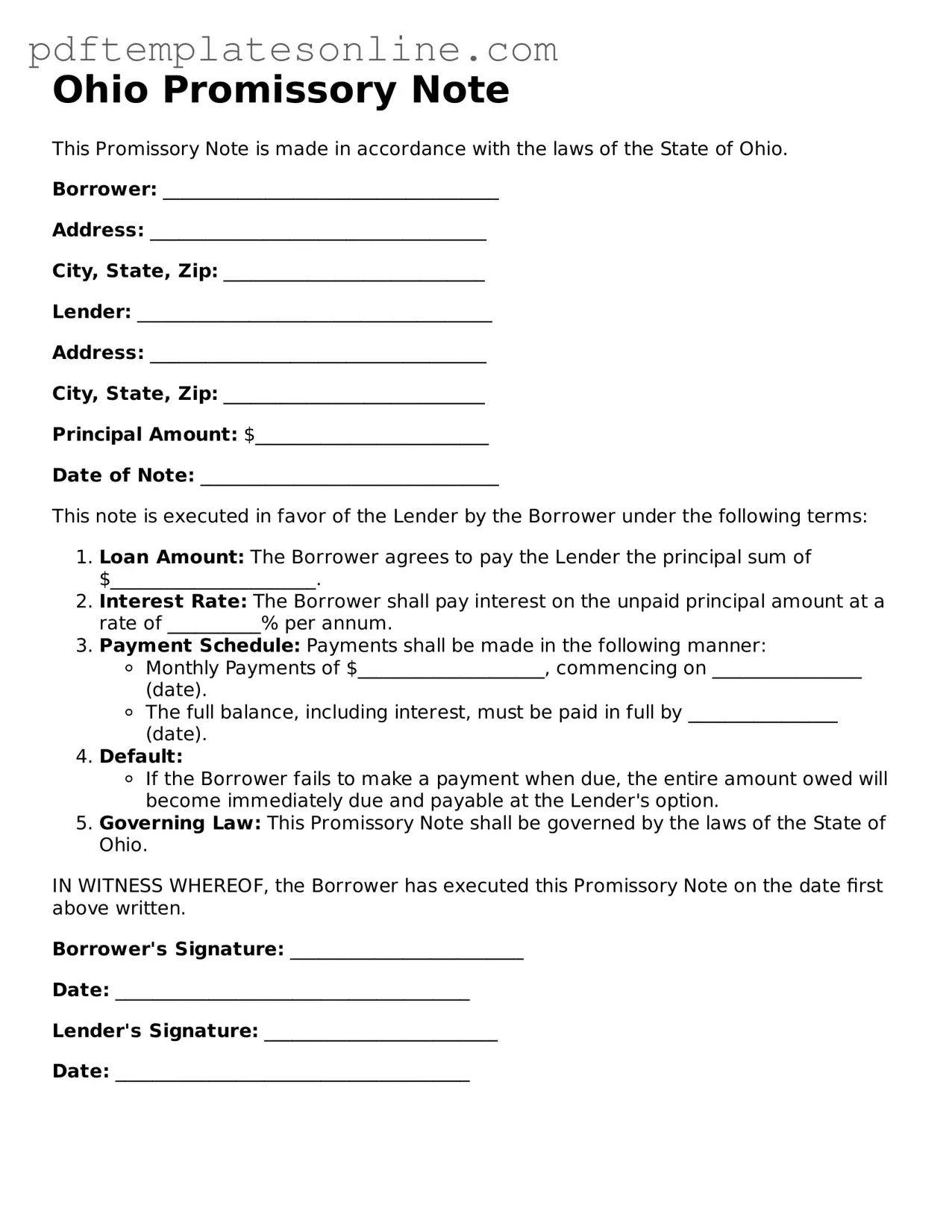Filling out a promissory note can seem straightforward, but many people make common mistakes that can lead to confusion or legal issues down the line. One frequent error is neglecting to include the date. Without a clear date, it becomes challenging to determine when the loan was made, which can complicate matters if repayment becomes an issue.
Another common mistake is failing to specify the loan amount clearly. Writing an ambiguous figure or omitting the amount entirely can lead to disputes later. The amount should be written in both numerical and written form to ensure clarity. For instance, instead of just writing “500,” it should read “Five Hundred Dollars ($500).”
People often overlook the importance of including interest rates. If a borrower is expected to pay interest, it must be explicitly stated. Not mentioning an interest rate can create misunderstandings about the total amount due over time. If there is no interest, it’s wise to note that as well.
Another mistake involves the repayment terms. Some individuals might write vague terms like “when convenient” or “as agreed.” This lack of specificity can lead to confusion about when payments are due. Clear terms, such as “monthly payments of $100 starting on January 1, 2024,” are essential for avoiding future disputes.
Signatures are critical in a promissory note. Many people forget to sign the document or assume that a verbal agreement is sufficient. A signature from both the borrower and the lender is necessary to validate the note legally. Without signatures, the note may not hold up in court.
Additionally, failing to identify the parties involved can be a significant oversight. The full names and addresses of both the borrower and the lender should be included. This information ensures that both parties are clearly defined and can be easily contacted if necessary.
Some individuals mistakenly think they can use a generic template without tailoring it to their specific situation. While templates can be helpful, they should be customized to reflect the unique terms of the loan. This customization helps prevent misunderstandings and protects both parties.
Another frequent error is not considering the consequences of default. A promissory note should outline what happens if the borrower fails to repay the loan. Including provisions for late fees or legal actions can provide clarity and help both parties understand their rights and responsibilities.
People sometimes forget to keep copies of the signed promissory note. After filling it out, it’s crucial for both parties to retain a copy for their records. This ensures that everyone has access to the agreed-upon terms and can refer back to them if needed.
Lastly, many overlook the importance of having the document notarized. While notarization isn’t always required, it can add an extra layer of protection. A notary can verify the identities of the signers, making it harder for either party to dispute the validity of the agreement later.
